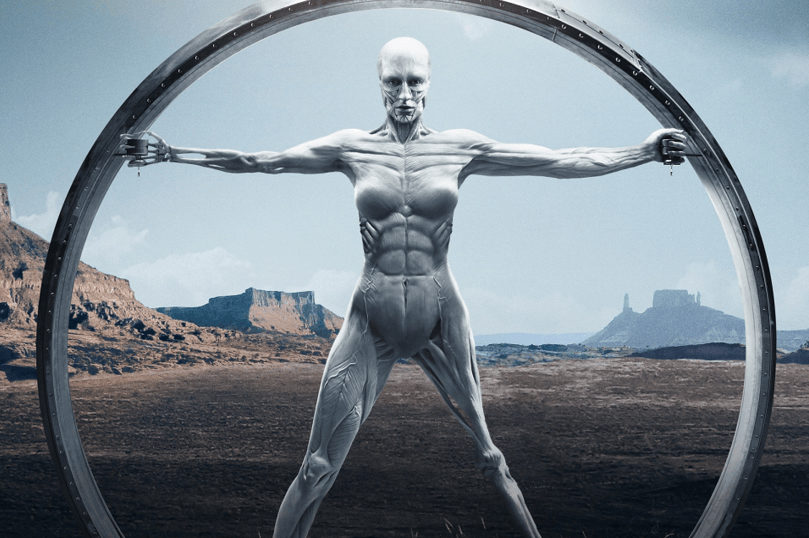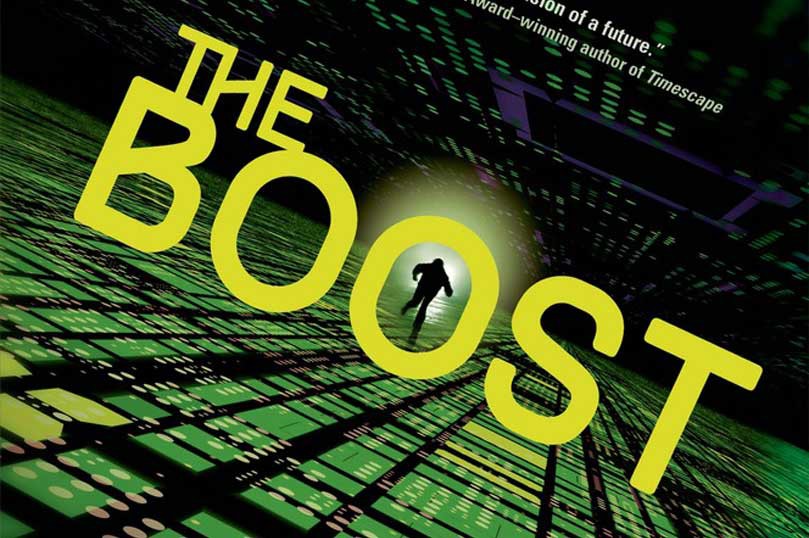
6 Fascinating Books to Read While Awaiting Season 2 of Westworld
Where will artificial intelligence take us? And what existential questions will the rise of AI pose? These six reads explore the potential for robots and artificial intelligence to save — or destroy — us all… perfect to tie you over until Season 2 of Westworld.

